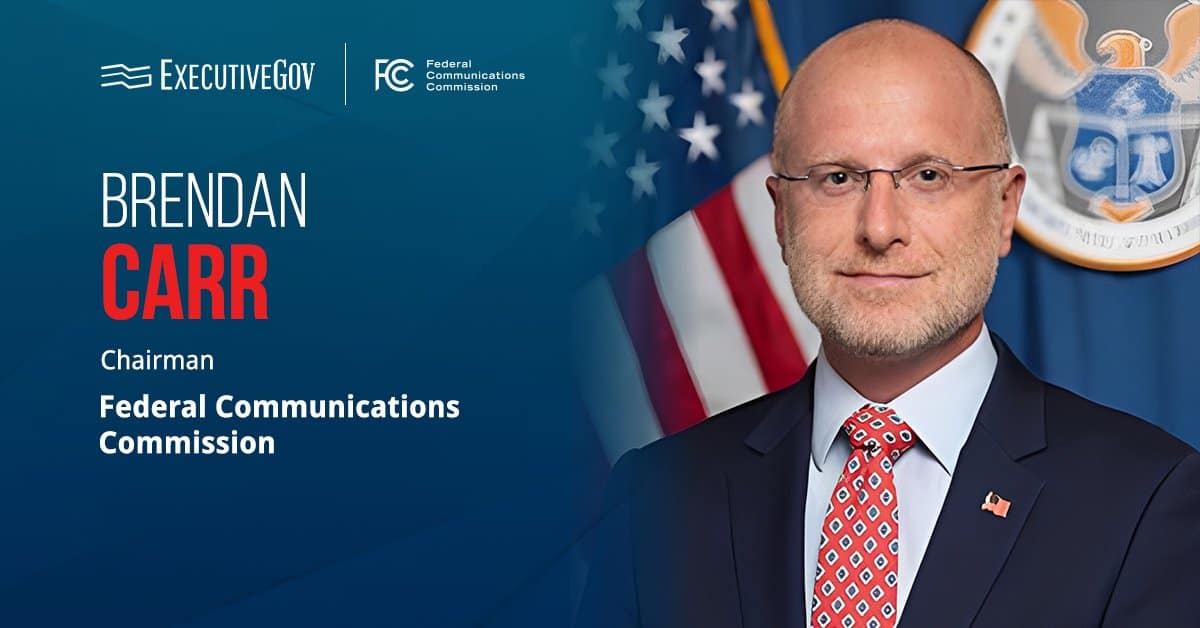David Voelker, zero trust lead at the Department of the Navy, is pushing for the introduction of artificial intelligence into DON’s zero trust strategy. In a conversation with Federal News Network, Voelker explained that AI can provide user and entity behavioral analytics to enhance authentication.

Voelker is one of many distinguished speakers at the Potomac Officers Club’s 2025 Navy Summit on Aug. 26. Register here for the in-person GovCon event.
How AI Can Enhance Zero Trust
According to the official, MITRE’s Adversarial Tactics, Techniques, and Common Knowledge, or ATT&CK, framework can be transformed into artificial neural networks that could detect adversarial threats to a specific technology being implemented within an organization. The ATT&CK framework is a globally accessible knowledge base that provides adversary tactics and techniques that have been observed in the real world.
“Being able to optimize that data point on a probability that we can report back to a [security operations center] member to give them a definitive yes or no, based on a probability that we have something that we need to pay attention to,” he shared.
He added that AI can learn behavioral patterns of individuals and businesses, and notice when something is amiss.
For instance, if a person in a finance position tries to access the engineering environment within a network, an AI agent can flag the activity. Applying AI for monitoring user behavior would make authentication in a zero trust environment more difficult to spoof.
Once a threat is identified, the organization may deploy with an automated or human-initiated response. The system may ask the user to re-authenticate. A security officer can also directly contact personnel or their supervisor to check.





